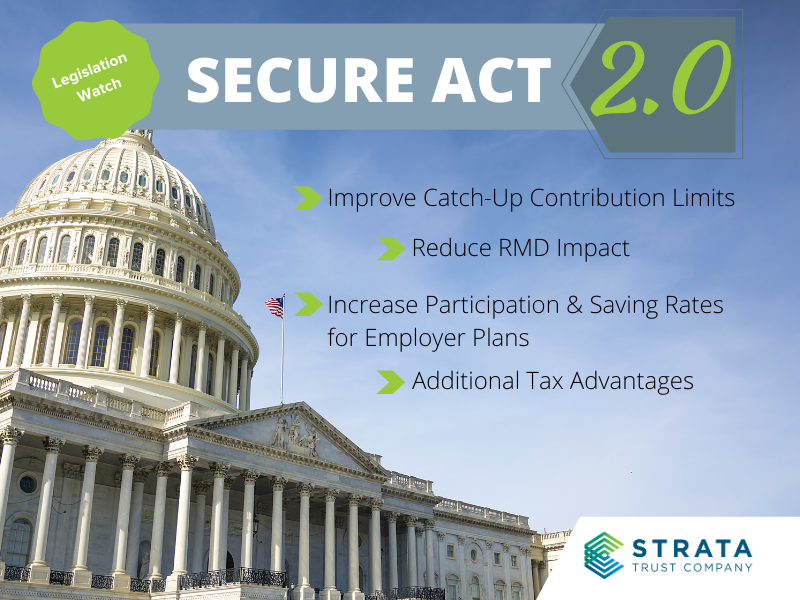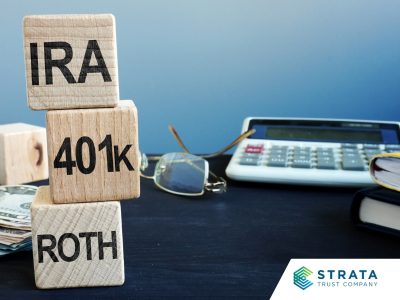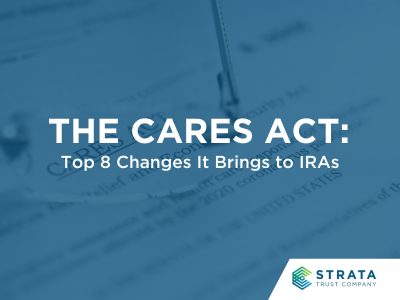Sometimes change can be the catalyst for … more change. It’s been one year since the Setting Every Community Up for Retirement Enhancement Act of 2019 (SECURE Act) kickstarted a season of change for retirement plans and IRAs. It was designed to increase access to workplace savings plans and enhance retirement savings opportunities. To accomplish this, the Act revised and modernized long-standing retirement plan rules. For example, the starting age for beginning required minimum distributions (RMDs) was increased from 70½ to 72 and the age limit on traditional IRA contributions was eliminated. These changes accommodate longer life expectancies and working careers.
Just as the retirement plan industry was beginning to digest these changes, the CARES Act (passed in response to the COVID-19 pandemic) brought more changes to retirement plan and IRA distribution rules. While some in the industry might prefer to let the dust settle and analyze whether these changes produced favorable (or the intended) results, others want to capitalize on this moment in time when Americans are more open-minded to changes and new ideas. The Ways and Means Committee Chairman Democrat Representative Richard Neal and Ranking Member Republican Representative Kevin Brady have chosen to use the momentum of change to build on the successes of the SECURE Act by introducing the bill titled SECURE Act 2.0.
Officially titled, the Securing a Strong Retirement Act of 2020, the SECURE Act 2.0 picks up where the SECURE Act of 2019 left off to further enhance workers’ ability to begin to save earlier for retirement, save more, and save for more years. If passed, provisions of the SECURE Act 2.0 would offer more than 30 changes that would simplify and expand the use of different retirement accounts. Here are a few key rules affecting retirement plans and IRAs:
Increase Catch-Up Contribution Limits
- Index the age 50 catch-up limit for IRAs so the dollar limit could increase each year
- Raise the catch-up contribution limit for retirement plan deferrals, beginning at age 60
Reduce the Impact of RMDs
- Raise the starting age for required minimum distributions (RMDs) from 72 to 75
- Eliminate RMDs for individuals with retirement savings of $100,000 or less as of December 31 of the year before they attain age 75
- Reduce the penalty tax for missing an RMD from 50% to 25% (10% for missed IRA RMDs taken in a timely manner)
- Increase from $135,000 to $200,000 the amount of savings that is exempt from the RMD requirement if used to purchase a Qualified Longevity Annuity Contract (QLAC)
Enhance Tax Advantages Related to Retirement Saving
- Increase the Qualified Charitable Distribution (QCD) amount to $130,000, allow QCDs to be made from retirement plans as well as IRAs, and expand the provision to allow for one-time distributions to charities through charitable gift annuities, charitable remainder unitrusts, and charitable remainder annuity trusts
- Increase the dollar amount that may be taken as a tax credit for small plan start-up expenses
- Increase the dollar amount of the tax credit available to individuals for contributing to a retirement plan or IRA (called the Saver’s Credit), simplify the tiered credit rates to one 50% rate, and increase the maximum income eligibility amount to allow more individuals to qualify for the credit
Increase Participation and Savings Rates in Employer Plans
- Require 401(k) plans to automatically enroll employees when they become eligible and implement annual automatic increases in deferral rates unless an employee opts out
- Allow employers to treat student loan payments as 401(k), 403(b) or SIMPLE IRA plan salary deferrals eligible for employer matching contributions
- Reduce the number of years that long-term, part-time employees must work to be eligible to participate in a 401(k) plan from three years to two years
Timing … TBD
While there is bi-partisan support for this bill, it has not yet been passed by the House or the Senate. Congress still needs to finalize a spending bill and is still debating whether and how much to extend relief measures related to COVID-19. It’s unlikely any of these SECURE Act 2.0 provisions will make it into year-end legislation – but never say never. The passage of the original SECURE Act was a surprise lumped in with a federal funding bill at the end of 2019. Assuming Congress does not fit in retirement savings legislation in the lame duck session, there is a good chance SECURE Act 2.0 will continue to gain momentum in 2021 given the change in administration and Congress’ continued focus on enhancing Americans’ long-term financial security.








